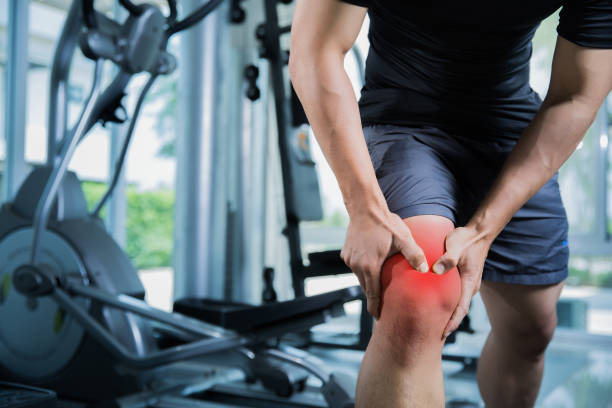Coping with Delayed Onset Muscle Soreness (DOMS) is an essential aspect of any fitness routine. This comprehensive article explores DOMS training, providing insights into its impact, benefits, and effective strategies to navigate and train effectively despite post-workout soreness.
Contents
Coping Strategies for DOMS After Weight Training
Experiencing DOMS after weight training is a positive indication of muscle adaptation. To alleviate soreness, incorporate strategies such as:
- Active Recovery: Engage in low-impact exercises like swimming or cycling to increase blood flow and reduce stiffness.
- Proper Nutrition: Consume protein-rich foods to aid muscle repair and recovery.
- Hydration: Maintain adequate hydration to flush out toxins and reduce muscle soreness.
- Foam Rolling and Stretching: Use foam rollers or perform gentle stretching exercises to alleviate tightness.
Understanding the significance of DOMS after weight training allows individuals to embrace soreness as part of the muscle-building process, while effective coping strategies expedite recovery and minimize discomfort.
Training with DOMS: Finding the Right Approach
The question of whether you can train with DOMS is subjective and depends on individual tolerance levels. Strategies for training with DOMS include:
- Active Recovery Workouts: Engage in light exercises targeting different muscle groups to promote blood circulation without causing additional strain.
- Modified Intensity: Adjust workout intensity or focus on alternative exercises that don’t exacerbate soreness.
- Rest and Recovery: Prioritize adequate rest to allow muscles to recover fully.
Balancing training and recovery is essential when considering training with DOMS. Listening to your body and adopting a flexible approach to workouts ensures progression without compromising overall recovery.
Leveraging DOMS Training Classes and Personal Guidance
Participating in DOMS training classes or seeking guidance from a DOMS personal trainer offers specialized insights for managing post-exercise soreness. These sessions emphasize:
- Customized Workouts: Tailored exercises targeting specific muscle groups, incorporating recovery techniques.
- Proper Form: Guidance on maintaining correct form to prevent injury and optimize training.
- Progressive Training: Gradual progression in intensity to allow muscles to adapt and minimize DOMS impact.
Engaging in DOMS training classes or seeking guidance from professionals ensures a structured approach to workouts while effectively managing and minimizing the effects of delayed muscle soreness.
Effective Strategies for Training Despite DOMS
Learning how to train with DOMS involves strategic planning and adaptability. Effective strategies include:
- Dynamic Warm-ups: Prioritize warm-up routines to prepare muscles for exertion and reduce soreness.
- Focus on Different Muscle Groups: Alternate workout focus to allow recovery of sore muscles.
- Active Recovery Days: Incorporate active recovery days with light exercises or yoga to aid in muscle recovery.
Understanding the dynamics of training with DOMS empowers individuals to train smartly, adapt workouts based on muscle recovery, and achieve fitness goals effectively.
Mastering DOMS training involves a holistic approach that acknowledges soreness as a natural part of the fitness journey. Implementing these strategies enables individuals to navigate through post-exercise soreness effectively, ensuring continuous progress towards their fitness objectives.

